10 Windiest Places in the United States
Today, we count down the 10 windiest places in the United States. Each one is known for its exceptionally high wind speeds.
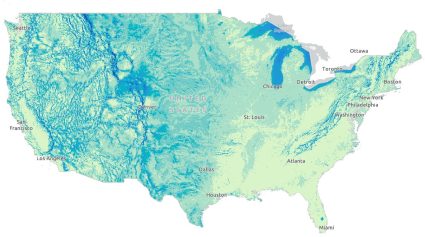
Today, we count down the 10 windiest places in the United States. Each one is known for its exceptionally high wind speeds.
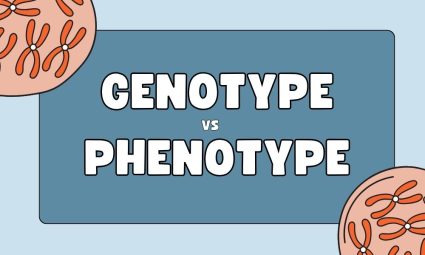
Genotype vs phenotype – Your genotype is the genetic blueprint that you inherit. Phenotype is the traits that show up in you.
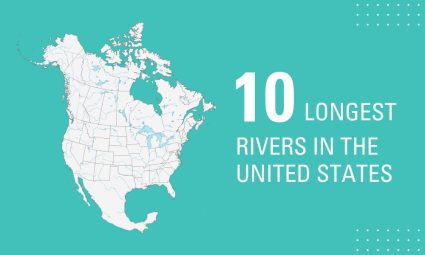
Rivers are the lifeblood of the United States, weaving through each and every state. Among them, ten rivers stand out for their lengths.
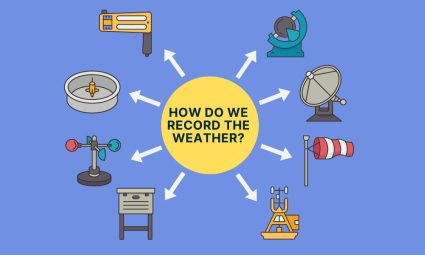
From thermometers to rain gauges and barometers, these devices help you record the weather. Learn 20 instruments to keep an eye on the weather.
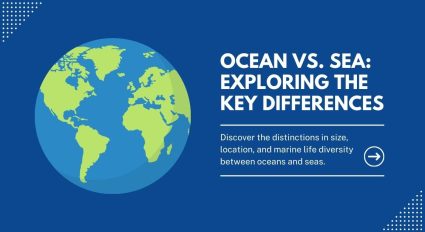
While oceans are deep and open, seas are closer to coasts and can be thought of as parts of oceans. There are 5 oceans and over 50 seas.
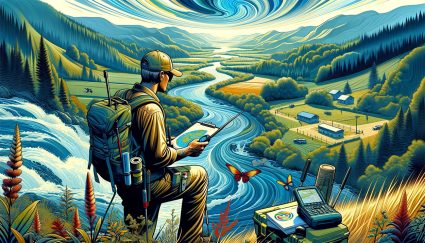
A watershed manager is responsible for the health of water, like rivers and lakes. They ensure water is not only clean but also safe for use.
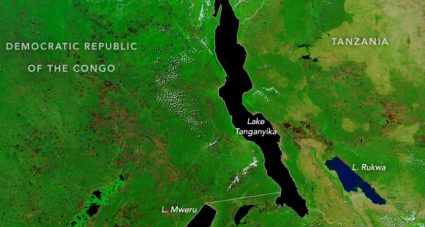
Lake Tanganyika is the world’s longest freshwater lake in the world, stretching approximately 660 kilometers (over 410 miles) in length.
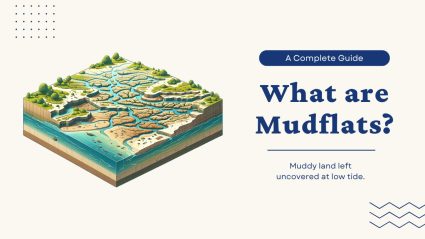
Mudflats are flat, muddy areas next to the sea or rivers. When the tide goes out, this exposes the wet, soft surfaces of a mudflat.
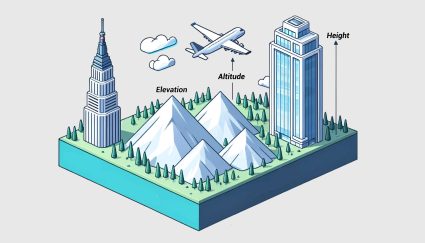
Elevation is how high a place is from sea level. Altitude measures how high up we are in the sky. Height is simply how tall something is.

Soil is a key part of our planet. They have many characteristics, each with unique features. Today, we’ll explore soil characteristics.
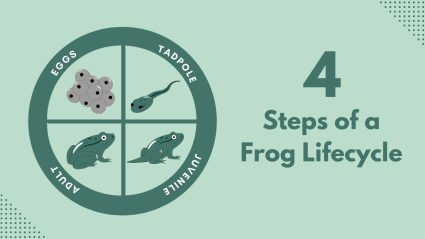
We’re hopping into the world of frogs to explore their incredible journey. In just four steps, we’ll uncover each stage of a frog lifecycle.
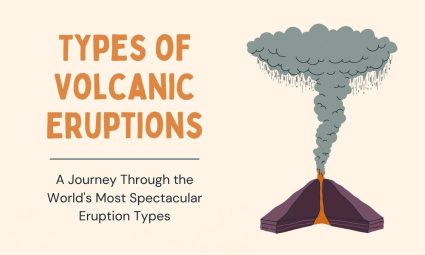
From the explosive power of Plinian eruptions to the calm flow of Icelandic eruptions, we explore six eruption types from volcanoes.

Terrace farming involves creating step-like fields in hilly areas, allowing farmers to grow crops on slopes and control soil erosion.
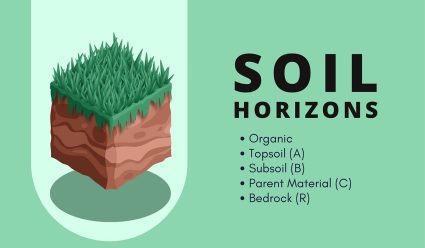
Soil horizons are layers in the soil, each with different characteristics. They form over time, due to various natural processes.
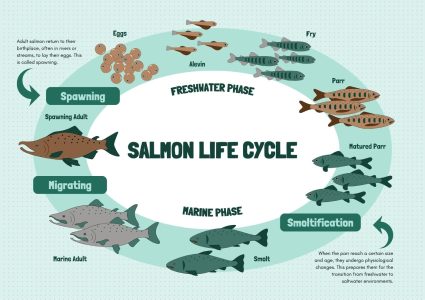
The salmon lifecycle is a remarkable journey, unique in the animal kingdom. These fish travel thousands of miles throughout their lives.